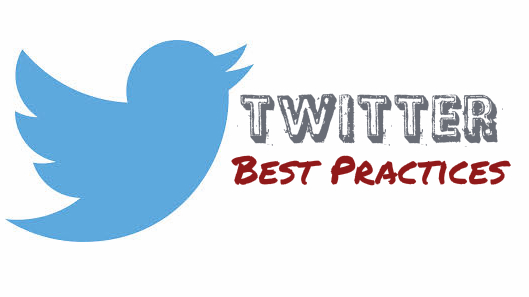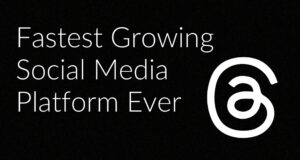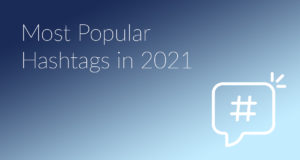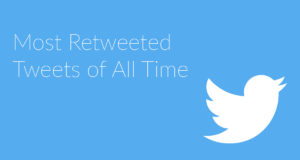Whether your business currently operates a Twitter account and is looking for ways to improve or you’re interested in learning more about the network and whether it’d be effective in your social media marketing campaign, it’s important to become familiar with Twitter best practices that produce results. Check out a few below.
Look for Opportunities to Engage
Think about your target audience. What interests them? What are they most likely to respond to? Questions? Facts? Infographics?
Because social media platforms like Twitter are meant to help individuals and brands connect, engagement needs to be a top priority. Consider the information and post styles that lead to responses and use them regularly.
Maintain Professionalism
Yes, tweets are limited to 140 characters or less. No, this is not an excuse to sacrifice grammar or punctuation. You are a professional representative of your brand, your tweets should reflect this. Consider shortening long thoughts, posting a series of tweets or linking to longer articles to make a point. Don’t sacrifice quality.
Mention Other Brands and Followers
Nothing serves as a connector like Twitter. Because of the level playing field it creates, users – from stay at home moms to large fulfillment companies and billionaires – are able to connect publically and through private messages. Public mentions allow your brand to highlight your supporters and partner companies while recognizing regular customers and making an impact. Take the time to incorporate mentions into your regular Twitter strategy.
Become Familiar With Hashtags
Hashtags (#’s) are a way of making tweets easy to find through Twitter’s search feature. As such, using them is critical. Use them sparingly, sticking with one to three hashtags per tweet and make sure you’re consistent. By setting up a group of hashtags that your brand regularly uses, you’ll establish a brand footprint that goes further than the network itself.
Start Conversations
Look for topics that are relevant to your industry and think about ways to engage your audience. By setting up conversations, advertise times in advance and even by offering prizes for participation, you’re giving followers a reason to engage and to pay attention to the information you have to share. Think of trends and act accordingly. Don’t let the conversations end without results, direct other users to your website for a higher chance at a conversion and follow up regularly.
Don’t Fall into the Spam Category
Users follow your brand because they want to learn more about what you have to offer. However, when the same posts and pieces of information are shared repetitively and relentlessly, they’re likely to be perceived as spam. Don’t use Twitter as a personal billboard to share your own products and nothing else. Look at it like a conversation; it’s all about give and take. Balance your tweets accordingly.
Desperation is Negative
By asking for followers publically, you look like you’re unable to procure them on your own. Instead, depend on your marketing materials and website with “Follow us on Twitter” buttons and other motivators, instead of the network itself. If you’re desperate, you’ll have a hard time attracting and maintaining attention.
Don’t Depend on Linked Accounts
Many networks make it easy to intermix. Instagram photos can be shared on Twitter and Facebook statuses can as well. This doesn’t mean you should depend on it. Each network exists for a different purpose and has different rules for optimal posts that don’t carry over onto other networks. When an Instagram post that is long is cut off on Twitter, users could be frustrated or see right through the strategy. Take your time to focus on the networks that your target audience frequents and to create individual posts on those that you use.
Twitter is an excellent option for staying in front of your target customers, staying actively engaged, starting conversations and getting noticed. However, it’s not something that should be done without strategy. Instead, by considering your goals and understanding Twitter best practices, you’re more likely to achieve measurable results that make your efforts worthwhile. Consider the ideas above when formulating your strategy
About The Author
 Scott Huntington is a writer and blogger. Check out his new blog, offthethrottle.com.
Scott Huntington is a writer and blogger. Check out his new blog, offthethrottle.com.
 Social Media Data Insights & Resources for Social Media
Social Media Data Insights & Resources for Social Media




